Air pollution keeps taking heavy toll on people in Bangladesh

Shawdesh Desk:
Air pollution is directly responsible for deaths in all chronic obstructive pulmonary diseases while contributing indirectly to many other communicable and non-communicable diseases, physicians and public health experts said.
They said that out of roughly 10 causes of premature deaths due to diseases in Bangladesh, air pollution is linked to at least five, causing the deaths of thousands of people across the country every year.
Bangabandhu Sheikh Mujib Medical University respiratory medicine department chairman professor Mohammed Atiqur Rahman said that air pollution is directly responsible for respiratory diseases like pneumonia, tuberculosis, and bronchitis.
He said that poisonous air also indirectly causes gastric problems, kidney problems, and heart diseases.
‘Air pollution is responsible for chronic obstructive pulmonary diseases. Children and old people are more vulnerable to such diseases due to air pollution,’ he said.
A global study released on Tuesday by the Energy Policy Institute at the University of Chicago also found Bangladesh’s air to be the most polluted in the world, which gravely impacts citizens’ health and reduces their average life expectancy by at least 6.8 years
Talking to New Age, medicine specialist MH Choudhury Lelin said that when heavy metals mix with blood and carry carcinogenic elements, they cause many health problems, including heart attacks.
Polluted air also works as a carrier of many communicable diseases, he said.
‘Air pollution is directly and indirectly responsible for many diseases. If we consider all that, this will be the top cause of premature deaths in the country,’ he said.
He said that air pollution reduces people’s immunity, leading to their deaths from simple health problems.
Janashasthaya Sangram Parishad president Faiezul Hakim Lala said polluted air causes problems for women during their pregnancy, often affecting the baby in the womb.
A child cannot grow healthy in polluted air because it also disrupts their mental growth, said Faiezul, also a physician and political activist.
The Centre for Atmospheric Pollution Studies founding director, Professor Ahmad Kamruzzaman Majumder, said that Bangladesh’s air contains different heavy metals like mercury, cadmium and lead, which cause high mortality and increase disease burden.
Citing different studies, Majumder, also the chairman of the Department of Environmental Science at private Stamford University, said that families’ medical expenses had increased due to high air pollution in the country as they often had to visit doctors with allergies and lung diseases.
‘Due to pollution-related diseases, people’s working hours are being disrupted, and performances are falling, creating a negative impact on GDP,’ he said.
Experts identified brickfields, unfit vehicles, large construction projects, industries and the use of wood for cooking as potential sources of air pollution, while officials also blamed trans-boundary pollution for the high presence of pollutants in Bangladesh’s air.
According to the Chicago University study titled Air Quality Life Index (AQLI), air pollution was the second-largest threat to human health for people living in Bangladesh, behind only cardiovascular diseases.
The report said air pollution reduces the life expectancy of Bangladeshis more than tobacco use and maternal malnutrition.
While tobacco use reduces average life expectancy by 2.1 years, child and maternal malnutrition reduces average life expectancy by 1.4 years, and air pollution in some areas of Bangladesh reduces life expectancy by more than eight years.
Residents of Gazipur, the country’s most polluted district, would see their life expectancy rise by 8.3 years if the area could maintain the World Health Organization guideline for clean air, according to the study.
The study, which analysed 2021 satellite data on air quality, said that Bangladesh’s air carried pollutants 14 to 16 times higher than the WHO guideline of five micrograms per cubic metre.
Even in the least polluted district of Sylhet, particulate pollution is 9.7 times the WHO PM 2.5 guideline, said the report.
‘If Bangladesh were to reduce particulate pollution to meet the WHO guideline, residents in Dhaka—the most populous district in Bangladesh—would gain 8.1 years of life expectancy. In Chittagong—the country’s second-most populous district—residents would gain 6.9 years,’ said the report.
The study, however, found that Bangladesh’s air quality improved by 2.2 per cent in 2021 compared to 2020.
Experts said it was due to only the Covid-19 lockdown, and pollution increased hugely again in the post-Covid situation when normal activities, including construction works at mega projects, resumed.
Department of Environment director for air quality management Ziaul Haque said that the government was working to reduce air pollution.
‘About 30 to 40 per cent of its pollution comes from transboundary sources, mainly from India, which we can’t control. We are working to reduce other sources of pollution,’ he said.
As part of control measures, the government formulated the Air Pollution Control Rules, 2022, and undertook a $250 million project titled Best (Bangladesh Environmental Sustainability and Transformation), funded by the World Bank.
A World Bank report in March 2023, titled ‘Striving for Clean Air: Air Pollution and Public Health in South Asia, said that air pollution was responsible for about 20 per cent of the total premature deaths in Bangladesh. In another report released in 2022, the global lender said that air pollution caused 78,145 to 88,229 deaths in 2019 in Bangladesh, the second-biggest cause of death and disability.


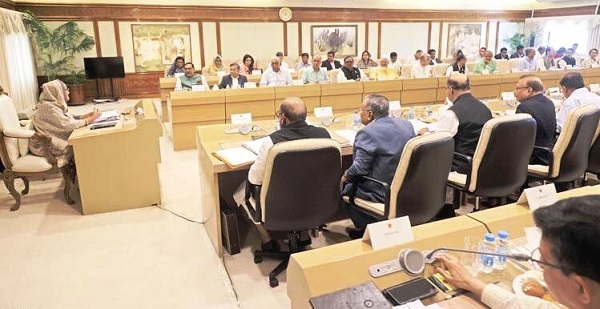

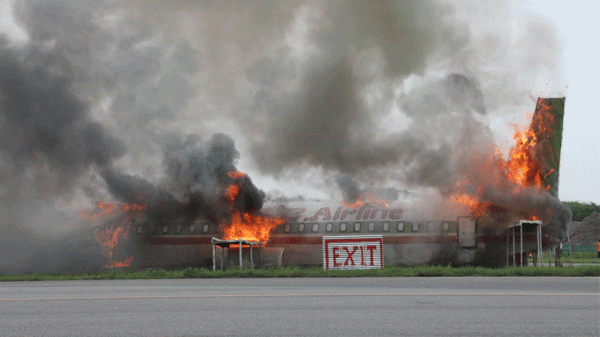
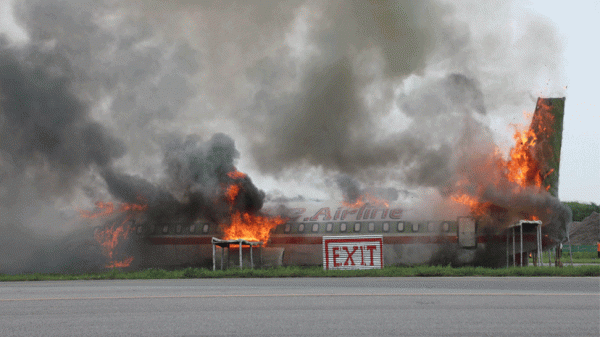
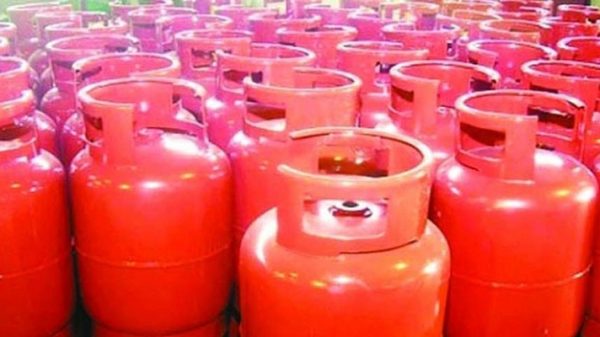



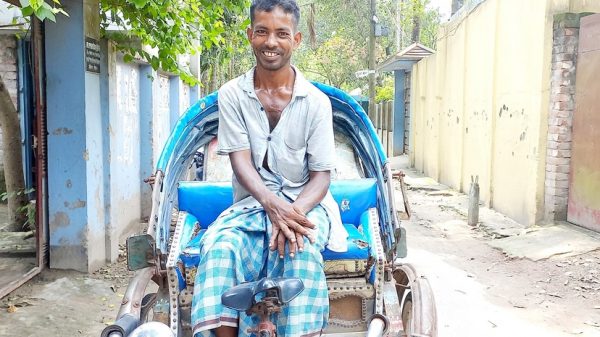
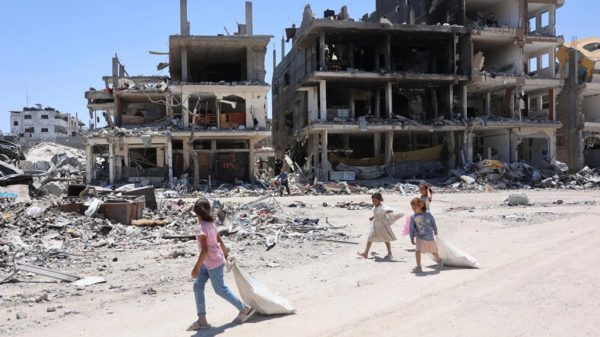











Leave a Reply